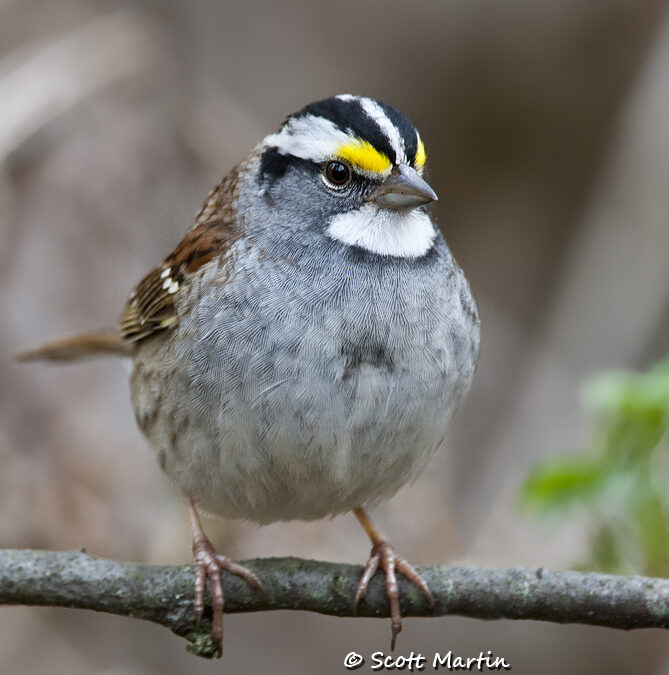
by Scott Martin Photography | Jun 14, 2011 | Birds, Blog, Sparrows
For bird photographers in southern Ontario, May and June is the time to look for northward migrating warblers, resplendent in their breeding plumage. Unfortunately scheduling didn’t allow me to get out for more than about an hour or two to look for warblers and as a result I don’t have any post worthy images to share. Hopefully next year! In lieu of warblers, here is a very common but also very pretty White Throated Sparrow.
White Throated Sparrows were first described in 1789 and are found in two different, genetically determined, morphs; white-crowned and the tan-crowned. The two morphs occur in about equal numbers and the interesting thing is that the birds virtually always pair up with their opposite morph.
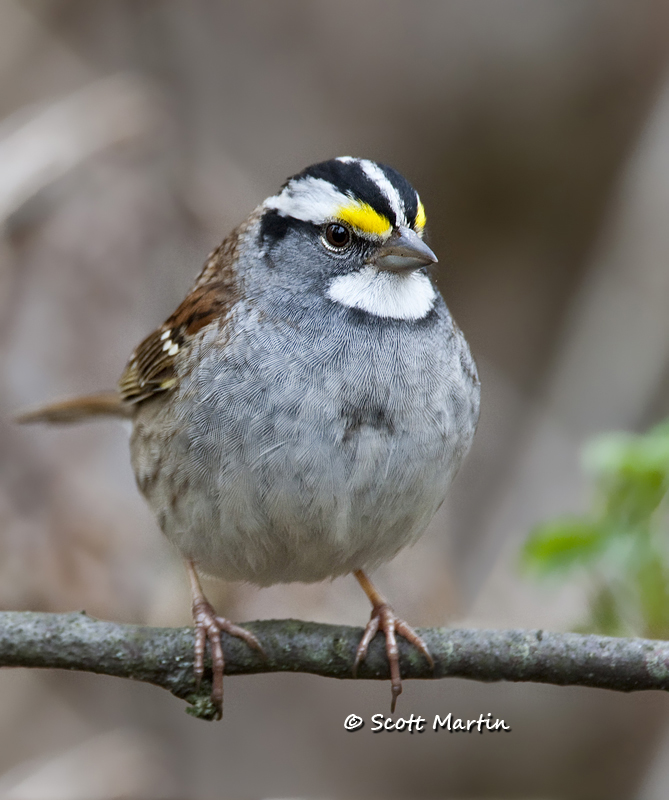
.
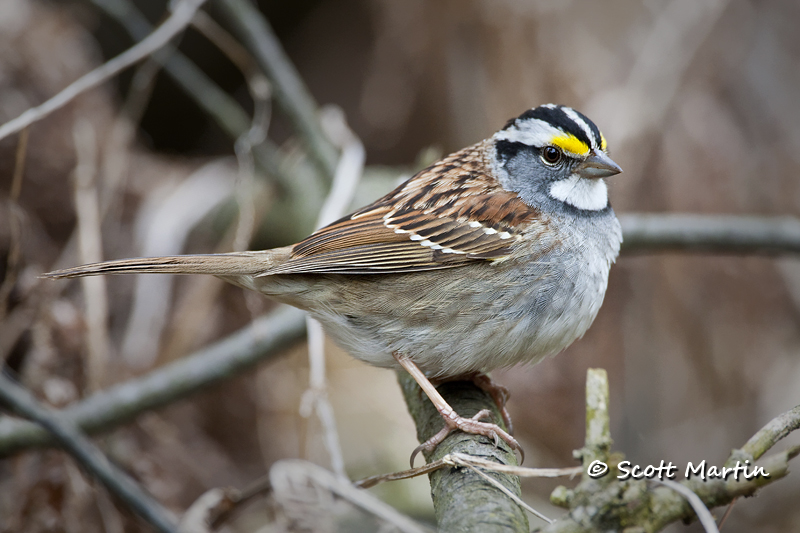
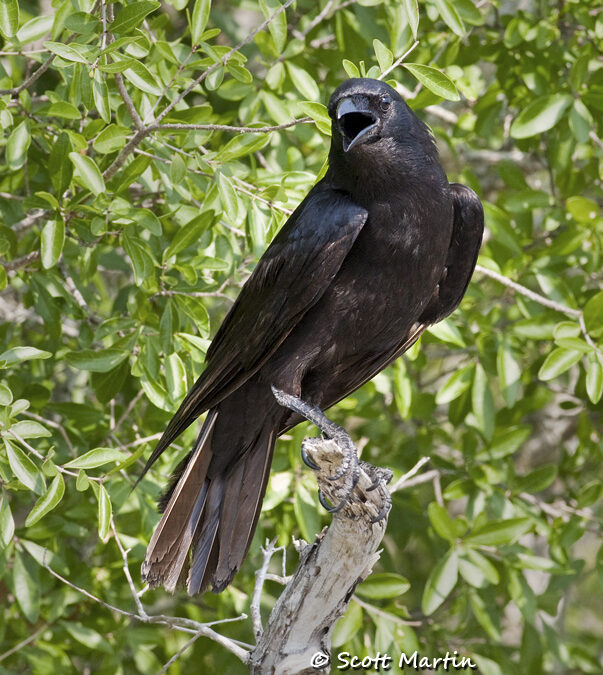
by Scott Martin Photography | Jun 10, 2011 | Birds, Blog, Shore Birds & Waterfowl
Photographing black and white birds always creates an exposure challenge, that if not properly addressed results in overexposed whites and underexposed blacks. Both of these situations result in images destined for the trash bin as the detail in the shadows and highlights is underexposed in the former and blown out forever in the latter. Sometimes getting the right exposure is counter intuitive unless you think about how the light meter in your camera works. You camera’s light meter sees grays, not blacks and whites, and it is designed to provide the proper exposure for a neutral gray. Approximately 18% of the light that strikes a neutral gray is reflected, and its the reflected light that your meter reads to calculate exposures. The problem arises in that whites reflect about 36% of the incident light while blacks only reflect about 9% and your camera is calibrated to base its exposures assuming an 18% reflectance. This is why if you shoot in an automatic mode, making no exposure compensation, your camera will underexpose predominantly white scenes (a snow-covered field) and overexpose predominantly black scenes (an asphalt parking lot) making both look rather dull or gray in appearance. In order to make colours pop you need to add 2/3 to 1 stop when shooting winter scenes and take 2/3 to 1 stop less when shooting parking lots and coal pits!
When shooting black and white birds the exposure challenge is a little different in that the bird generally occupies 1/3 to 1/2 of the frame, while the camera meters the whole frame and sets the exposure reading accordingly. This generally overexposes the white birds and underexposes the dark birds unless you make the required compensation.
Although many times you don’t get a second chance at a bird, especially when they are in flight, always check the histogram to make certain the whites are not overexposed (the right side of the histogram should be close to, but not touch, the right vertical axis). If you can, set your camera to ‘highlight alert’ which will cause overexposed areas on an image to blink when viewed on the camera’s LCD. These two things will help you easily recognize overexposure after the fact and allow you to make the required corrections for the next images.
The first two images are of a Fish Crow, taken at the Ding Darling National Wildlife Refuge on Sanibel Island in Florida. Taken with a 400/5.6 lens and the exposure was increased 1/3 stop to help bring out the detail in the shadows but still retain the dark colour of the crow.
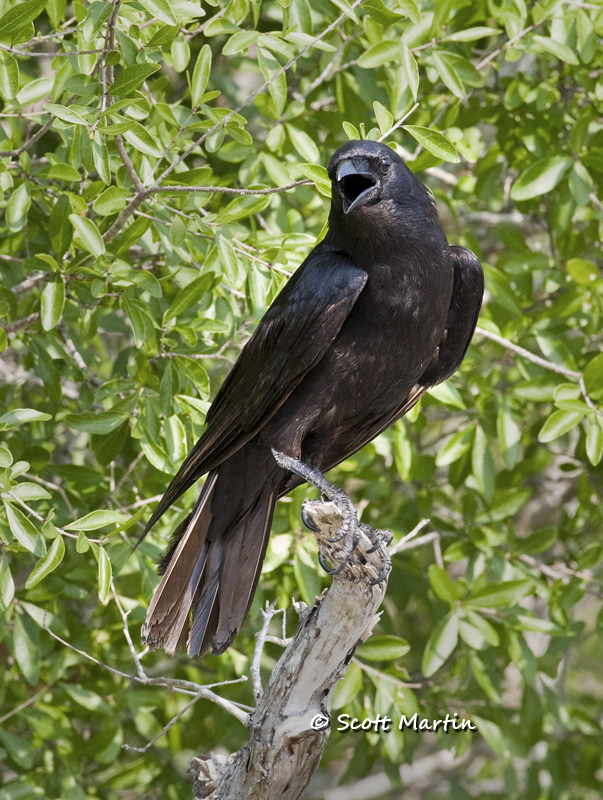
.
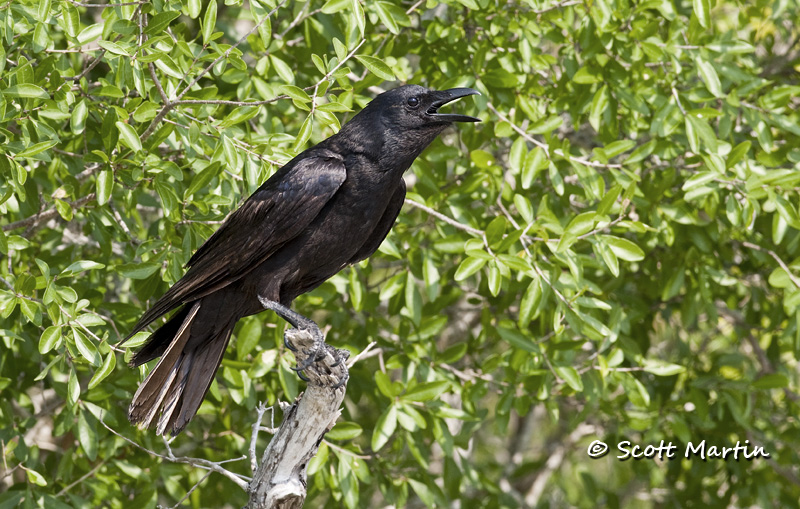
The White Ibis was taken with the same lens, however the exposure was 1 1/3 fewer stops than the meter indicated so none of the whites were overexposed.
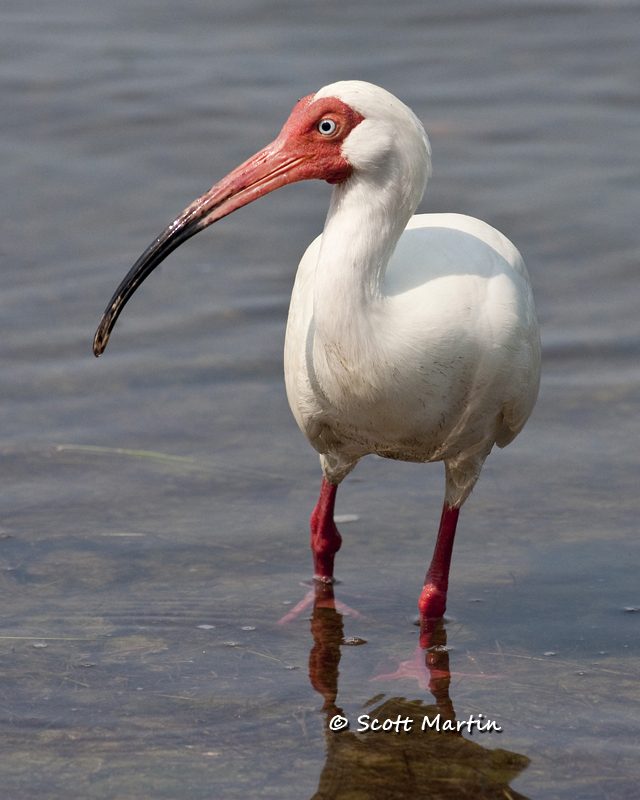
.
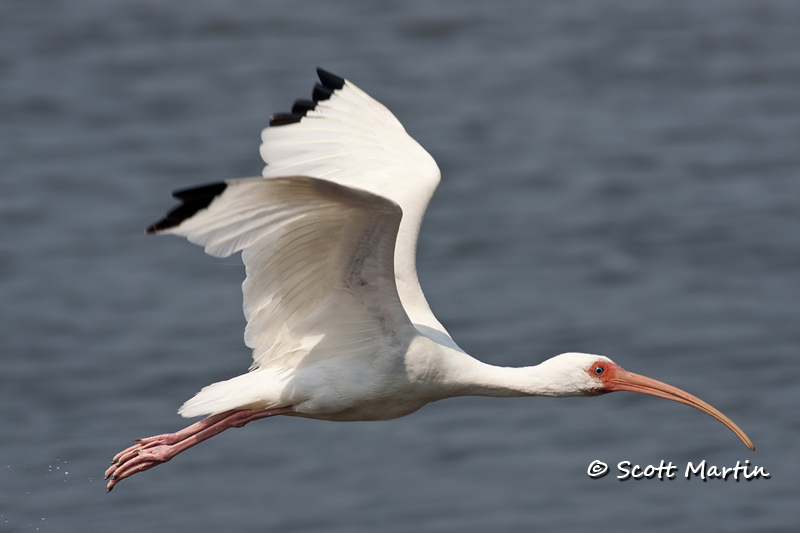
It was a real treat to have my favourite Egret, the Snowy Egret fly by at fairly close range. Their black legs, bright yellow feet any punky crown make for great pictures….as long as you get the exposure right 🙂
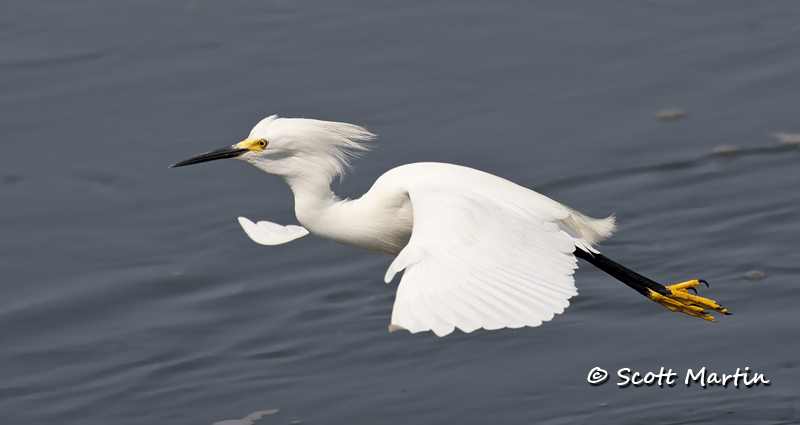
For lots more shots of Ibis and Egrets please check out the Wading & Shore Birds Gallery
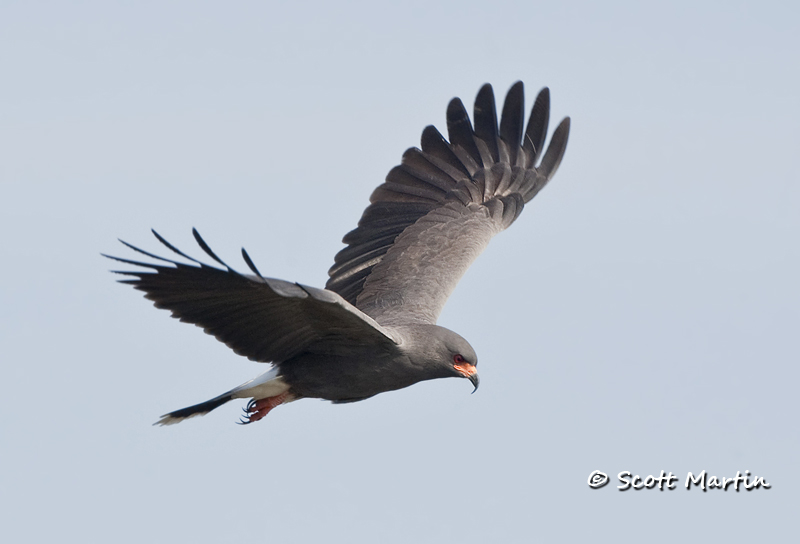
by Scott Martin Photography | Jun 3, 2011 | Birds, Blog, Raptors
June has arrived and it is hard to believe that almost three months have past and I’m just now finishing processing Snail Kite images from March. These last images are all in-flight shots taken hand-held from a boat in Big Lake Toho which is in central Florida.
It seemed like capturing the males in-flight was much more difficult than the females and younger birds. Here are a couple of males.

This younger male has a tracking radio transmitter attached to its back and the antenna is seen below its tail.
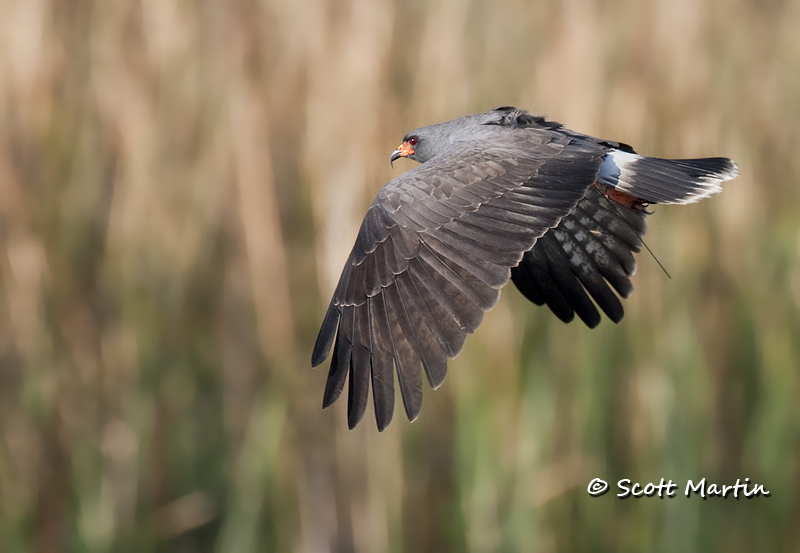
An adult female.
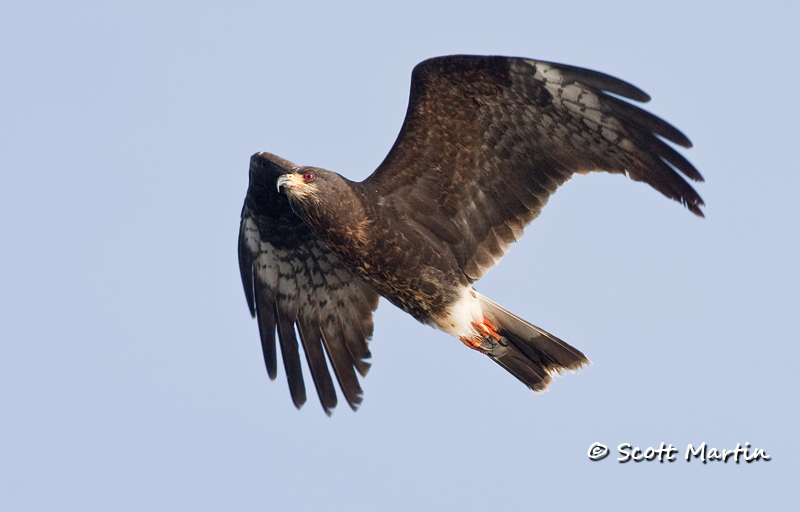
.
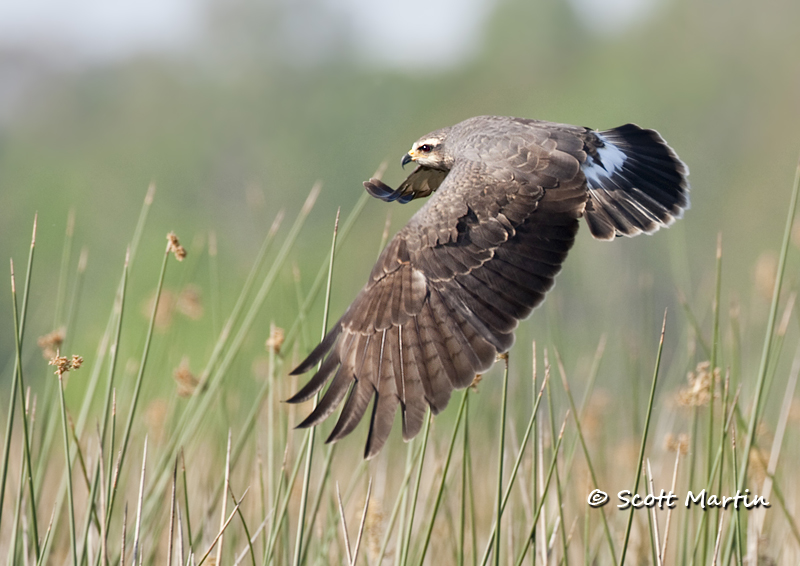
.
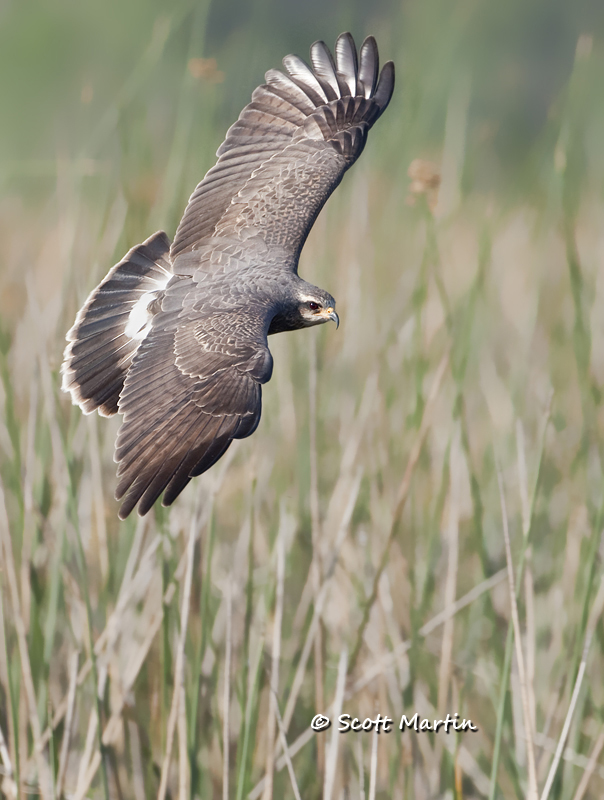
More Snail Kites can be viewed in the Hawks, Falcons & Kites Gallery
Snail Kites are a beautiful raptor to photography and it is well worth your while to track them down the next time you are in central Florida and want to take a rest from the Magic Kingdom 🙂
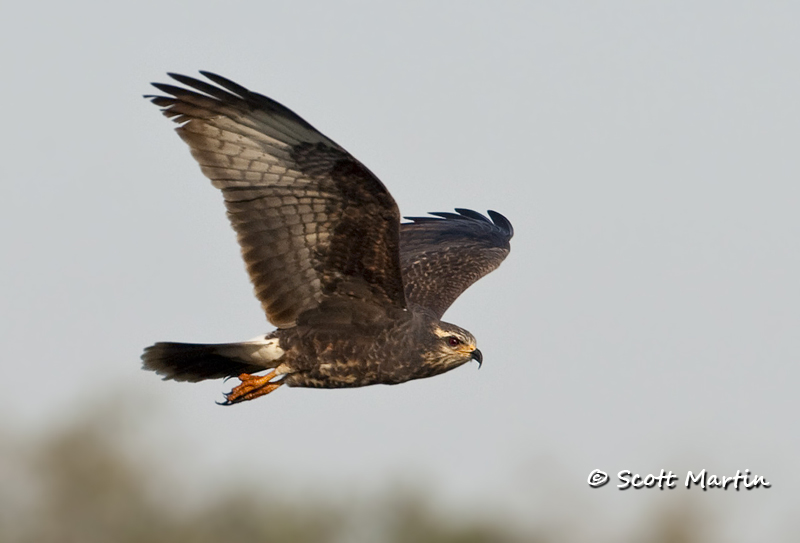
by Scott Martin Photography | May 18, 2011 | Birds, Blog, Raptors
For those of you who follow this blog regularly, please accept my apologies for all the Snail Kite entries. You will be glad to know I’m getting near the end of them. Snail Kites have been a fascination for me since first photographing one at Joe Overstreet in Florida about five years ago. This year we chartered a boat on Big Lake Toho and were blessed with great light and lots of Snail Kites to photograph. The following is another series of in flight images, all taken hand held with a 500mm lens from Captain Rick’s boat.
The Snail Kite is a locally endangered species in Florida where it is estimated that there are less than 400 breeding pairs. They eat Apple Snails almost exclusively.

The next shot is of an adult male with some nest building material. The adult male is a wonderful steel blue colour.
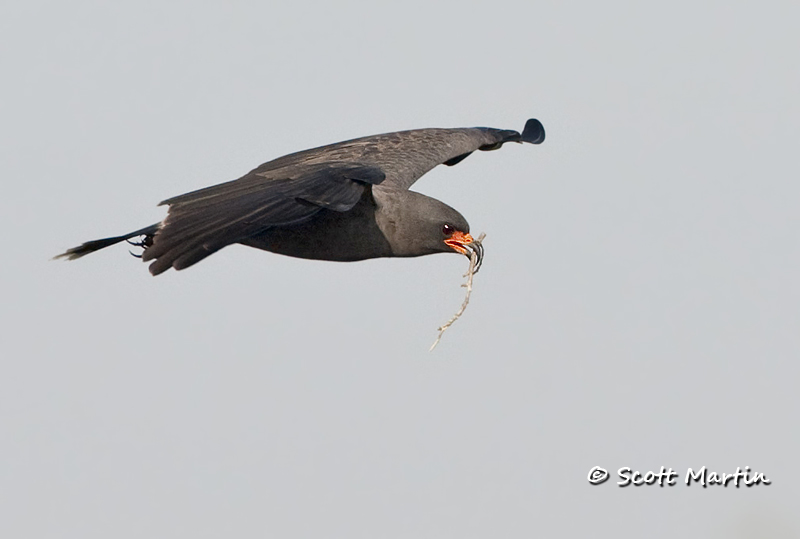
.
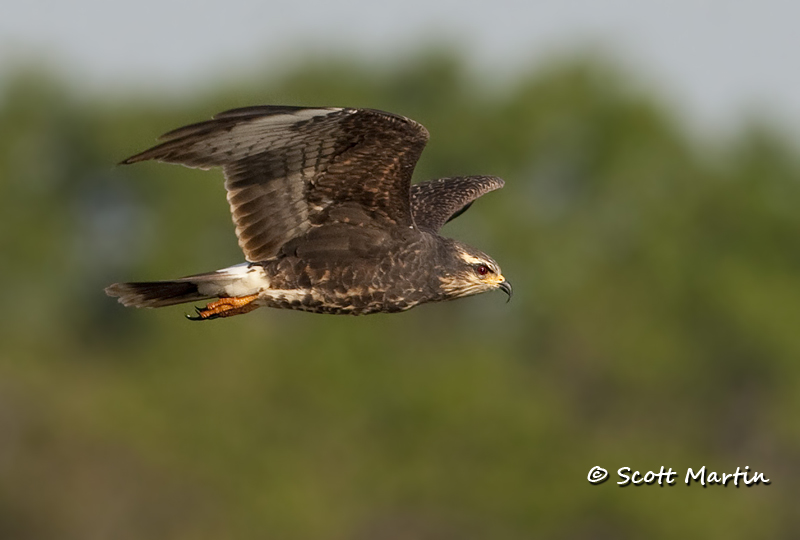
The next image shows the Snail Kite in its classic hunting pose, flying low to the water surface with its head down looking for the Apple Snails clinging onto the reeds below.
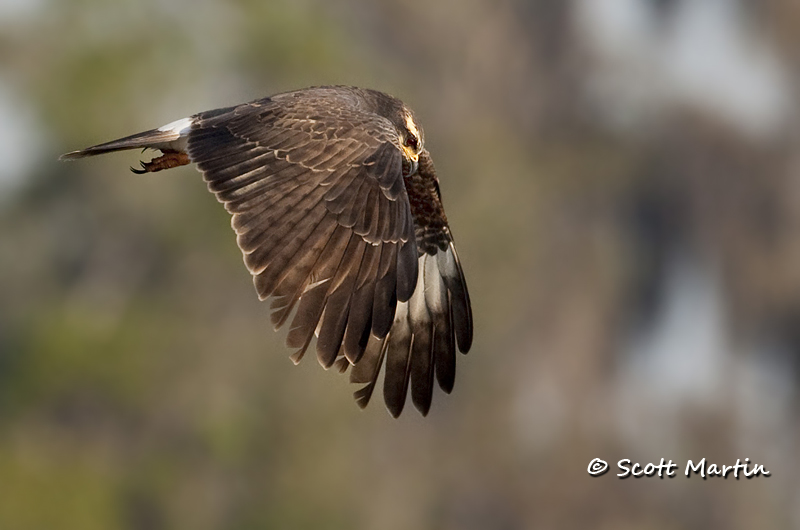
.
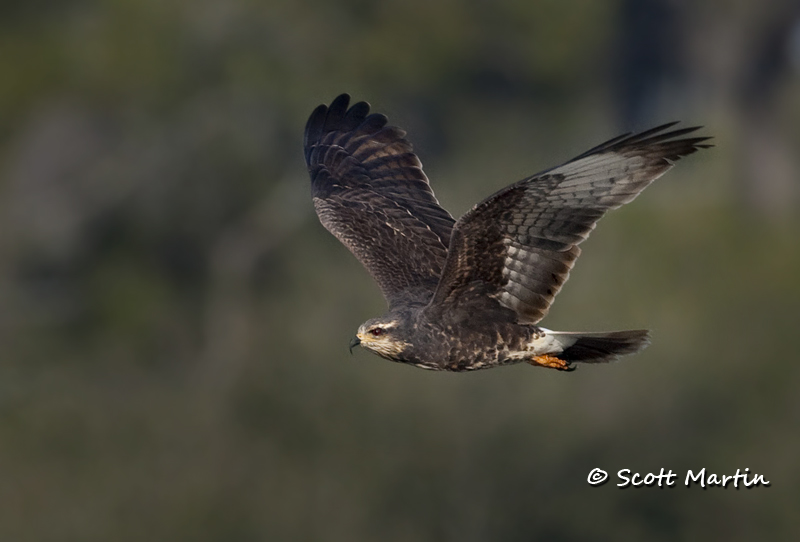
More images can be found in the Hawks, Falcons & Kites Gallery
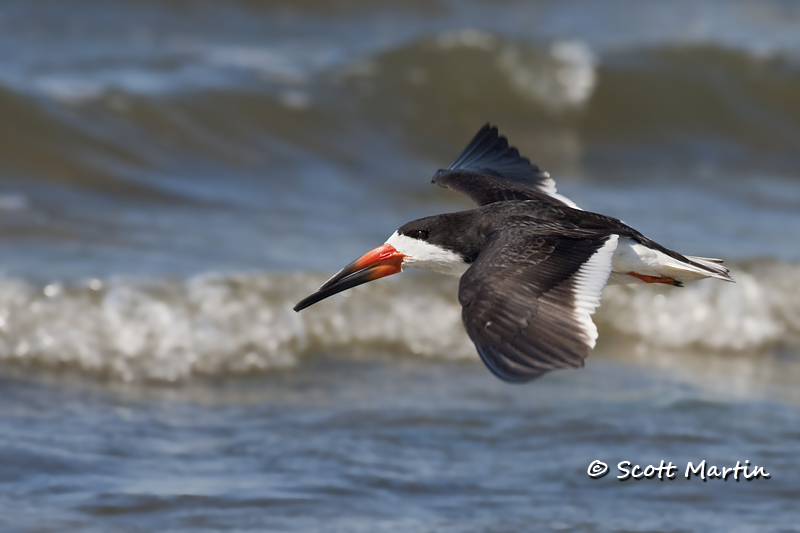
by Scott Martin Photography | May 16, 2011 | Birds, Blog, Shore Birds & Waterfowl
The Black Skimmer is a peculiar looking bird because of its uniquely designed bright orange, black tipped bill which features a lower mandible that is much longer than the upper (the only bird in North America with such a beak). The skimmer feeds on fish and shrimp which it forages by flying low over the water with its lower mandible slicing through the water. When it senses a fish or shrimp it clamps its jaw tight and seizes its prey. While skimming, the water flowing into the lower jaw exits out through an exhaust vent at the base of the bill which is an amazing phenomenon to see.
The Black Skimmer is a fairly large bird approximately 18-20″ in length with a wing span up to four feet in an adult. At birth the mandibles are the same length however by the time they have fledged (about four weeks old) the lower mandible is already nearly 1 cm longer than the upper.
The Black Skimmer lays its eggs in a simple scrape on the ground, usually in a beach area, and rarely has any nest material associated with it. The incubation period is 21-23 days with both parents taking part in the process. One of the biggest threats to skimmer nests is via public encroachment by people who inadvertently trample the eggs. For this reason known skimmer nesting areas are cordoned off during the spring nesting season.
The following images were taken in March of this year at the Merritt Island National Wildlife Refuge in Florida while Deb & I were waiting to photograph a rocket launch from the Kennedy Space Center which is also located on Merritt Island.
This in flight shot shows the unique bill design for which the Black Skimmer is notorious.

A group of these birds are known as a “Conspiracy”, “Embezzlement” or “Scoop” of Black Skimmers.
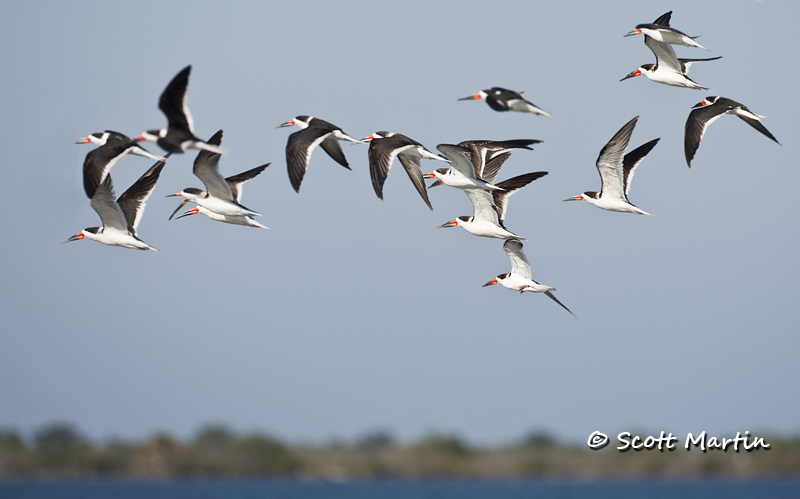
More Black Skimmer images can be seen in the Gulls, Terns & Skimmers Gallery
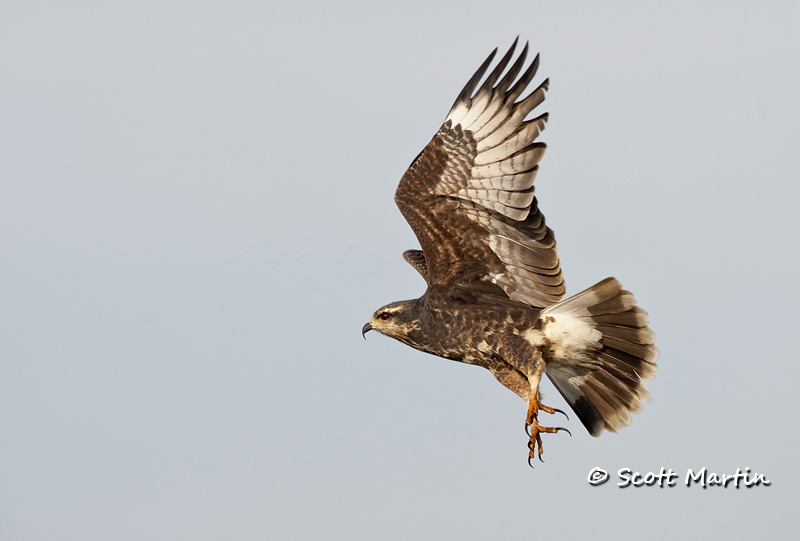
by Scott Martin Photography | May 11, 2011 | Birds, Blog, Raptors
Deb and I leave early this morning to head back to Florida for a few days during which we will be visiting the J.N. Ding Darling National Wildlife Refuge on Sanibel Island. Ding Darling is known for its migratory bird populations and although we will be a little late to see the migratory birds we are hoping to get some good shots of the resident birds. It’s a new spot for us to visit and we know it will be a pleasure to explore a new NWR.
Below are some new Snail Kite additions to the Hawks, Falcons & Kites Gallery on the website. These in flight shots were all taken in March of this year on Lake Toho, just south of Kissimmee in central Florida. Our guide and captain of the boat we chartered was excellent at knowing where to find the Snail Kites as well as positioning the boat to keep the morning light on the proper side of the birds! It’s always a huge added bonus when your guide is also a photographer 🙂

.
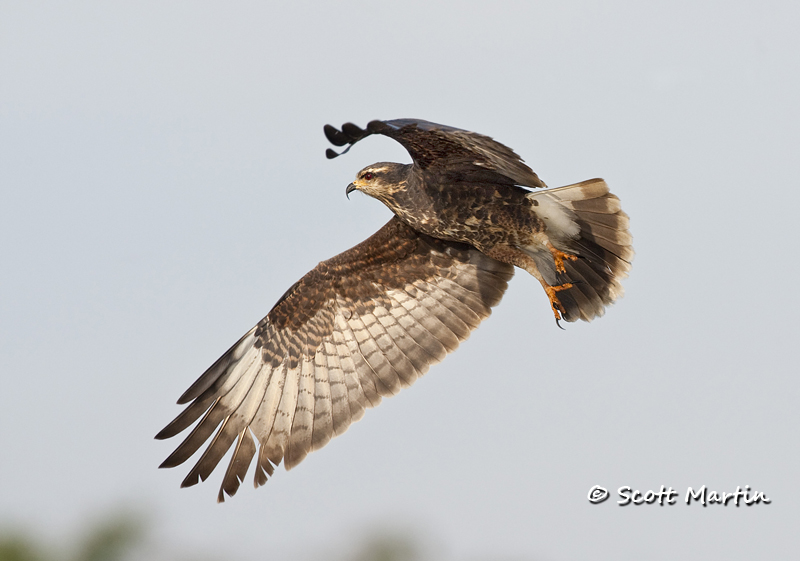
Sorry about the copyright covering the wing tips on this next image, however I use a batch command to add the copyright & watermark to a number of images at once and didn’t notice this until it was too late to change.
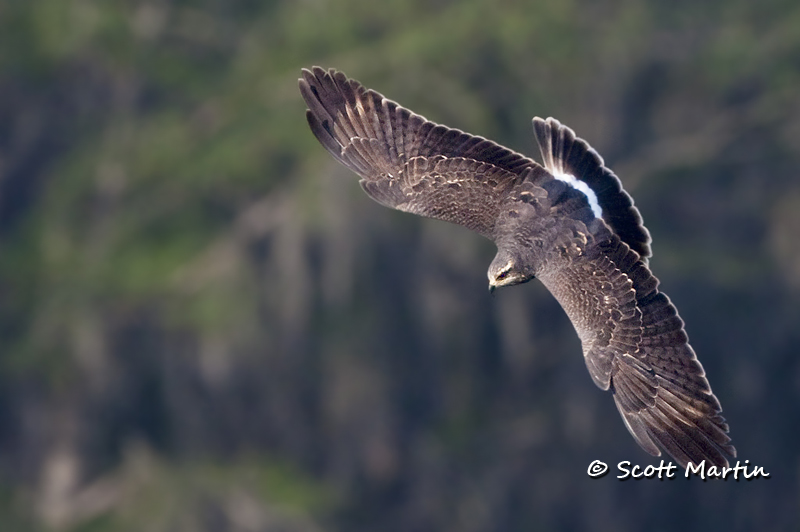
.
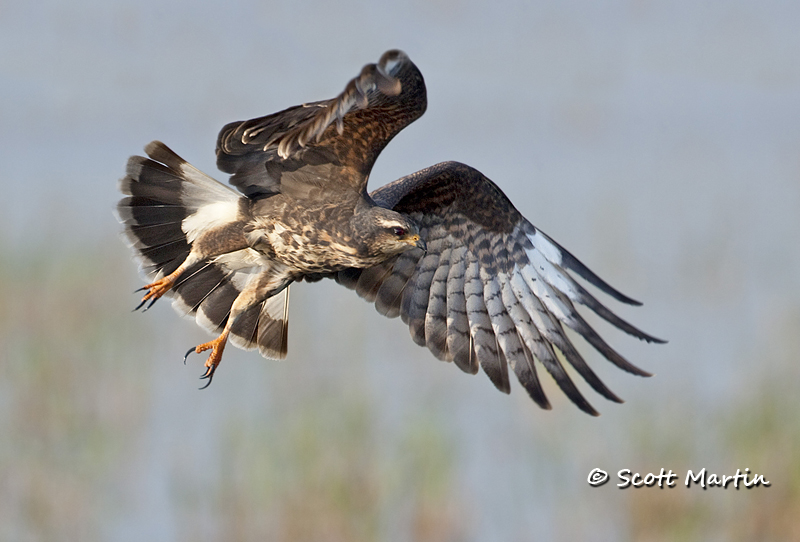
.
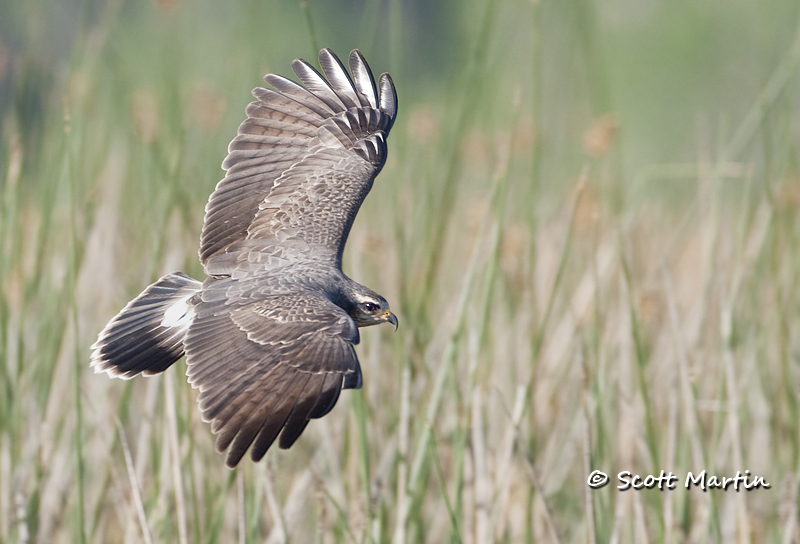
.
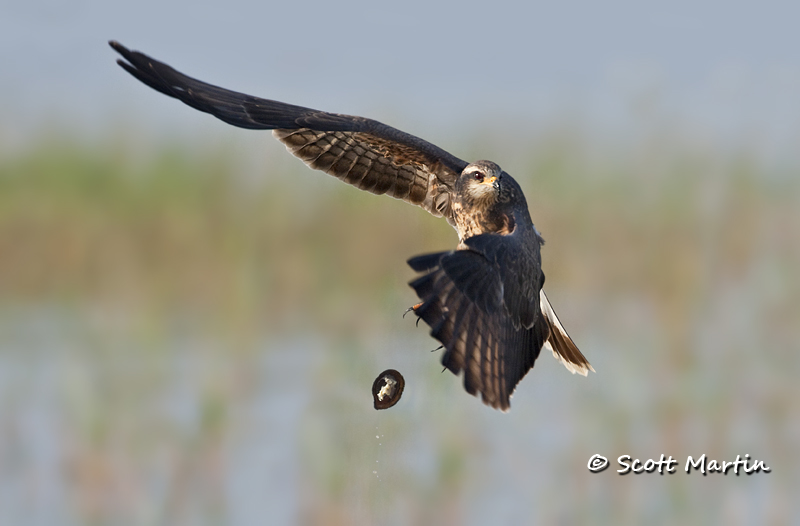
































Follow Scott Martin Photography